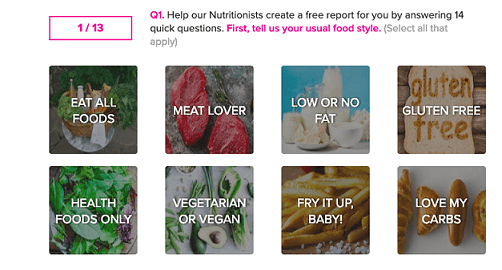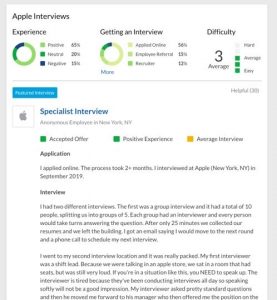— March 14, 2019
Unless you’ve been living under a rock for the past few years, you know by now how incredibly influential personalization can be in the marketing world. It’s been a leading eCommerce trend for the past few years, and nearly every business has made this strategy a top priority in some form or another.
However, most businesses are still struggling to successfully implement and offer meaningful personalization to their customers. One study found that nearly 70% of marketers didn’t think that they were offering effective personalization on their websites, and 55% of teams blamed this on the lack of sufficient data resources.
Chances are, if you’re an online business owner, you probably don’t have access (or a large enough budget) to huge datasets and complex algorithms that can truly create personalized web pages or experiences for each visitor. Although the technology that is necessary for customization is certainly becoming more accessible to smaller businesses, many online entrepreneurs are unsure of how to apply it to their online stores.
The great news is that personalization doesn’t need to be scary or super technical. There are plenty of easy ways to incorporate it into your eCommerce store without investing a ton of money on AI technology or spending endless hours digging through datasets.
Let’s talk about three simple personalization techniques to get you started.
1. Sell Customizable Products
Offering a personalized experience doesn’t always mean catering your website specifically to each customer or even addressing them by name through personalized communication. In fact, a report from Deloitte found that most customers are actually more interested in customized products than experiences.
According to the report’s findings, over one-third of customers wished that businesses offered more personalized products and services. Some of the most common products and services they were looking for included clothing, furniture, and restaurant or traveling experiences. Further, customers were willing to spend between 10% to 20% more for a customized product.
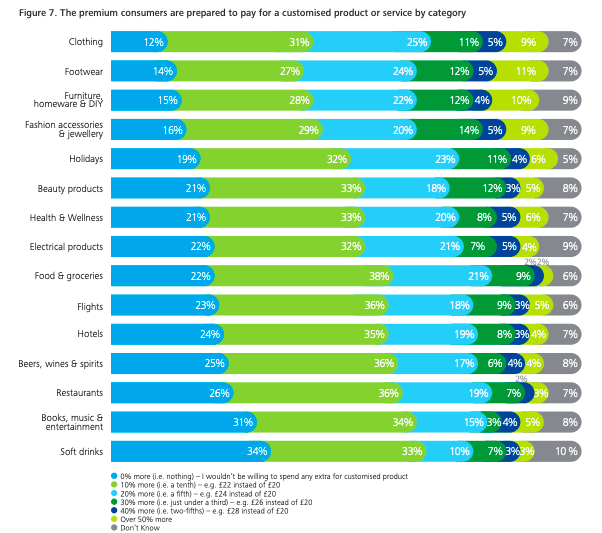
This kind of personalization puts the customer in the driver’s seat and requires little prior data, yet it delivers the kind of customization that people love. This makes it a really great option for eCommerce businesses that either don’t have access to tons of datasets, or are fairly new and have little information about their customers’ behaviors and preferences.
Fortunately, launching an online business selling these types of products is fairly easy and requires little upfront investment. For instance, starting a t-shirt business that prints custom designs means that you only have to buy the inventory you need per order. This cuts down on your overhead and eliminates the need for a storage space for products sitting on the shelf waiting to be bought, while still offering the kind of customized products that people want. The same can be done for virtually any other type of customizable product, such as printed coffee mugs, hats, pet toys, phone cases and so on.
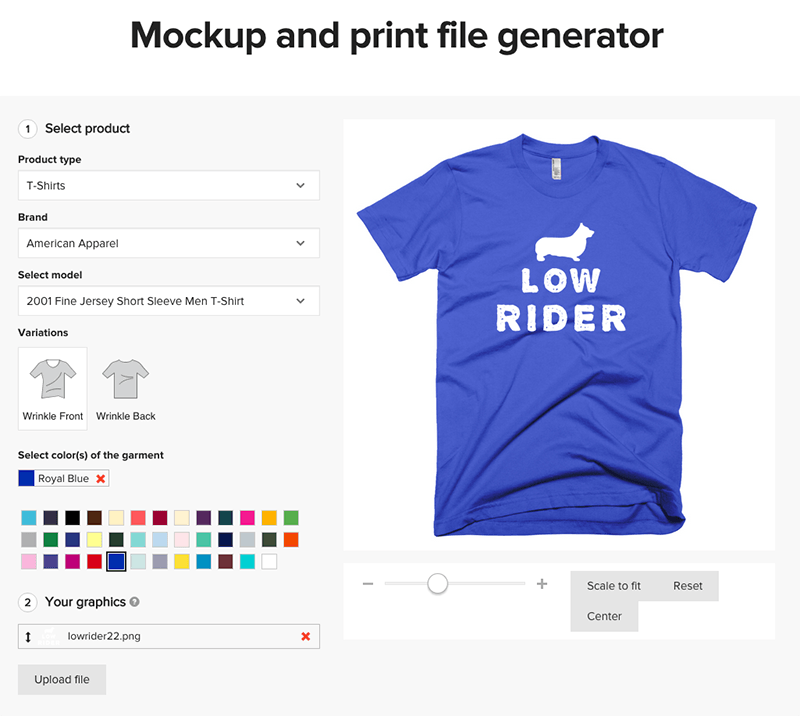
2. Offer Customer Accounts with Benefits
Getting customers to willingly share their data with you can be like pulling teeth. In fact, most customers are unwilling to share their information because of recent scares like data breaches and hackings or the fear that their data is being sold to other companies for ad targeting or other, more nefarious uses.
However, a 2018 study from Accenture found that 83% of consumers would share personal information with retailers if they were aware of what they would receive in terms of personalization. Being highly transparent about your personalization perks is critical when inviting customers to share their information or create an account for data collection, especially in this cautious age of cybercrime. Customer accounts allow you to track some critical metrics like purchase behavior, product preferences and some demographic information when customers visit your website. You can also receive some important information like their name and even their birthday for a more personalized email marketing campaign.
The key here is to apply this data correctly for meaningful personalization benefits. The perks that are offered need to be customized – otherwise, there is no incentive. You will need to offer continuous benefits that will create engagement and loyalty with your customers. The best way to do this is by using behavioral data for personalized discounts and offers, such as a custom coupon for their most frequently purchased item or a loyalty perk after a set number of purchases.
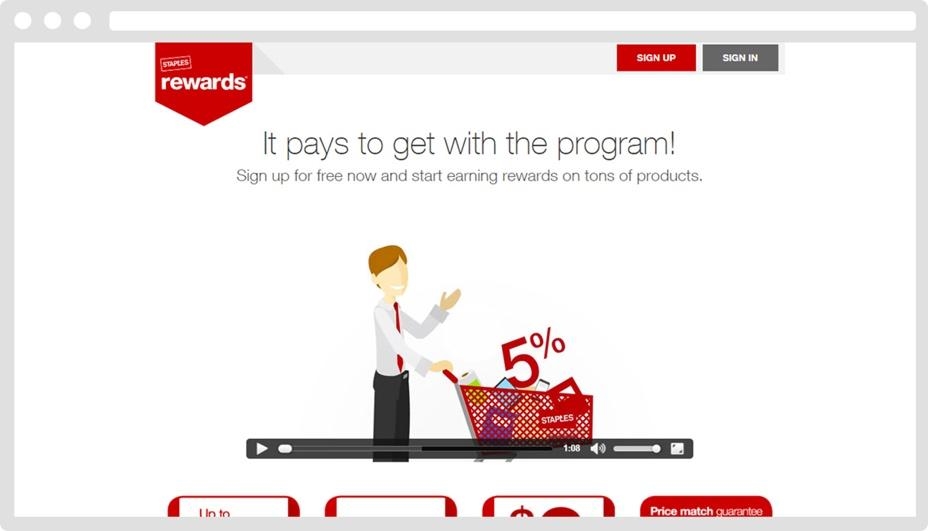
3. Create a Brief Questionnaire about Content Preferences
Interactive content takes away the guessing game in providing customer experiences. Offering an interactive platform that allows customers to pick and choose their style preferences means that you can offer personalized product recommendations in real time.
One popular way to implement interactive content is by greeting customers on the homepage with a style or personality quiz. The purpose is to ask your customers a few simple questions to narrow down product listings to only the most relevant items. This works well for businesses with an expansive product line that can be segmented for various audiences. For instance, the vitamin retailer HUM Nutrition invites guests to answer a few questions about their health, fitness levels and wellness goals to curate a product line that is ideal for that customer.
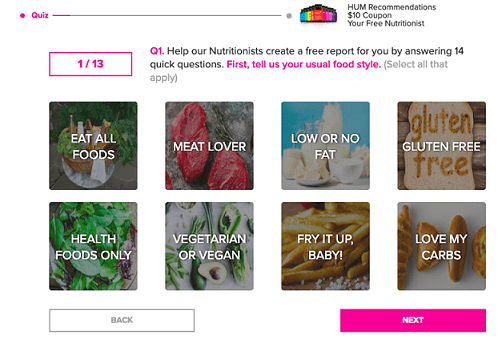
Conclusion
Offering meaningful personalization is a great way to establish a competitive advantage that is actually beneficial to your customers. Clearly, customized product recommendations and experiences are highly influential on conversions. But integrating them into your eCommerce strategy doesn’t need to include overly complex algorithms to be effective.
The key here is to start off with small strategies that make a big impact.
Allow your customers to design their own products, or provide some special perks in return for their data to fuel personalized marketing strategies like emails, promotions and discounts. Or, have your customers tell you what they want straight out, through interactive content that allows them to choose their own adventure and curate a product selection that matches their style.
The important thing here is to make personalization about your customers – first and foremost. Make sure that your efforts are adding to their experience in a positive and relevant way. If you can do this, conversions are sure to follow.
Digital & Social Articles on Business 2 Community
(64)
